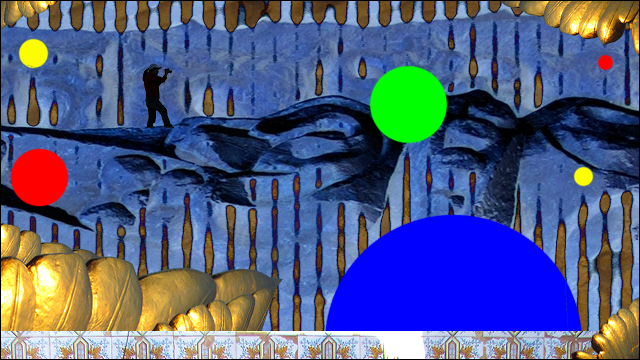A new way of watching TV on the couch or anywhere
DOI:
https://doi.org/10.15448/1980-3729.2012.2.12320Keywords:
Television news, convergence, second screenAbstract
The present work is a reflection on the new ways of watching television from the convergence with the Internet, the availability of television content in new media and mobile and portable use of the second screen as evidence that the social ties built by this media, no longer unconscious and quiet. Thus, the receiver starts to interact effectively with the producers. The hypothesis raised is that convergence is a space that goes beyond the question of technology and that adjustments to the content in their genres, formats and languages must be made from the use and not otherwise. For the analysis of these phenomena will be used the concepts of crossmedia, transmedia and the second screen, this way it is intended to rethink the TV news as an audiovisual journalism that can meet the new demands.Downloads
References
BAUMAN, Zygmunt. Modernidade líquida. Rio de Janeiro: Zahar, 2001.
CANNITO, Newton. A televisão na era digital: interatividade, convergência e novos modelos de negócio. São Paulo: Summus, 2010.
FREIRE FILHO, João. A TV em transição: tendências de programação no Brasil e no mundo. Porto Alegre: Sulina, 2009.
FIDLER, Roger. Mediamorphosis – understanding new media. California: Pine Forge Press, 1997.
JENKINS, Henry. Cultura da convergência. São Paulo: Aleph, 2009.
LEMOS, André. Cibercultura: tecnologia e vida social na cultura contemporânea. Porto Alegre: Sulina, 2002.
MURRAY, Janet H. Hamlet no holodeck: o futuro da narrativa no ciberespaço. São Paulo: Itaú Cultural: Unesp, 2003.
PAVLIK, John. Televisão na era digital. Cadernos de televisão. Rio de Janeiro: IETV, n. 1, 2007.
PROULX, Mike; SHEPATIN, Stacey. Social TV: how marketers can reach and engage audiences by connecting television to the web, social media, and mobile. New Jersey: Jon Wiley & Sons, 2012.
SPYER, Juliano. Conectado: o que a internet fez com você e o que você pode fazer com ela. Rio de Janeiro: Jorge Zahar Ed., 2007.
SANTAELLA, Lucia. Linguagens líquidas na era da mobilidade. São Paulo: Paulus, 2007.
SQUIRRA, Sebastião; BECKER, Valdecir (Orgs.). TV Digital.Br. São Paulo: Ateliê Editorial, 2009.
WOLTON, Dominique. Pensar a comunicação. Brasília: Editora Universidade de Brasília, 2004.
______. Elogio do grande público: teoria crítica da televisão. São Paulo: Ática, 1996.
______. Internet, e depois? Porto Alegre: Sulina, 2003.
How to Cite
Issue
Section
License
Copyright
The submission of originals to Revista Famecos implies the transfer by the authors of the right for publication. Authors retain copyright and grant the journal right of first publication. If the authors wish to include the same data into another publication, they must cite Revista Famecos as the site of original publication.
Creative Commons License
Except where otherwise specified, material published in this journal is licensed under a Creative Commons Attribution 4.0 International license, which allows unrestricted use, distribution and reproduction in any medium, provided the original publication is correctly cited.






